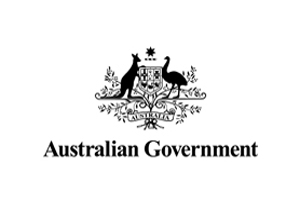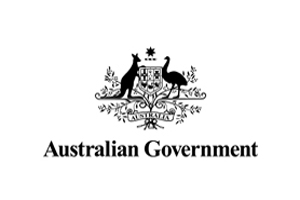How To Fire Someone
The question of how to fire someone is not a pleasant one but it is one that is being asked by more and more companies of all sizes as they feel the strain of ongoing economic uncertainty.
Remember to get free HR documents & employment law templates right now (use the form on the right-hand side of this page).
Alternatively, click to create customised termination letters and other HR documents.
 The question of how to fire someone has been highlighted recently with debate on unfair dismissal laws for small businesses and with announcements by large companies such as QANTAS and BHP Billiton that more job losses are imminent.
The question of how to fire someone has been highlighted recently with debate on unfair dismissal laws for small businesses and with announcements by large companies such as QANTAS and BHP Billiton that more job losses are imminent.
The George Clooney movie “Up In The Air” raised the profile of the redundancy process.
The film featured a corporate HR redundancy expert whose role was to fly from city to city making staff redundant as part of his firm’s outsourced outplacement service. At one stage, Clooney’s firm even explored the technical “advance” of conducting employee dismissal meetings via computer video linkups.
Perhaps more useful is the recent article published by the Wall Street Journal which shared some ideas on the unpleasant question of how to fire someone.
The article included feedback from different HR experts.
How To Fire Someone
Here are some of the suggestions on how to fire someone . . .
Say it yourself. The main bearer of bad news should be the employee’s direct manager. Otherwise, an employee may wonder whether the supervisor even supported the decision, and that could raise concerns over the merit of the termination.
Bring a witness. Having another manager or HR representative present helps to avoid a game of he-said, she-said if the employee retaliates with legal action. A third party also can ensure that the conversation remains on topic and professional.
Get it in writing. The moments after receiving bad news tend to be a blur, and the employee might not remember details such as how to get that final paycheck or when to sign up for [government support]. Have a written list of information on hand so the employee can process it later.
Keep it quick and make it less of a conversation and more of a notification. Cap the meeting at 15 or 20 minutes.
Be specific. Our imaginations can be our worst enemies, so the more employees know about why they’re being fired, the less likely they are to wonder about more nefarious motives, such as gender or age discrimination. Now is a good time to rehash some of the missteps an employee has made, such as missing sales quotas or ignoring warnings about unprofessional behavior.
Click to create customised termination letters and other HR documents.
Don’t apologize. Saying you’re sorry suggests that the manager is disappointed with the decision, which could leave the employee wondering whether the firing really was fair… Comments like “This is actually a good thing for you” are also inappropriate, since the manager offering such platitudes is still gainfully employed.
Do it on Friday. Or Monday. Or Wednesday. There is no consensus on the best day to fire someone. Fridays make the departure less dramatic but could leave the employee stewing over the weekend; Mondays allow a rapid-response job hunt but highlight that the employee’s calendar is clear for the rest of the week. The answer? Don’t dawdle. Make the notification as soon as you make the decision.
The article also made the basic but the sometimes overlooked suggestion to keep calm throughout the process and allow the employee to maintain some dignity by sticking to a private setting.
Feel free to share this article with friends and colleagues.
HRwisdom











